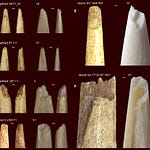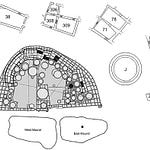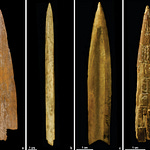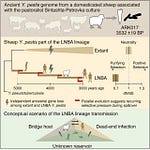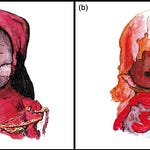The Inca Empire has long been remembered for its roads, terraces, and administrative reach. But at the heart of its bureaucracy was something deceptively simple: knotted cords called khipus. These bundles of string encoded census data, tribute, calendrical cycles, and perhaps even narratives. For centuries, scholars assumed that only trained specialists from noble families, the khipukamayuqs, could construct and interpret them.
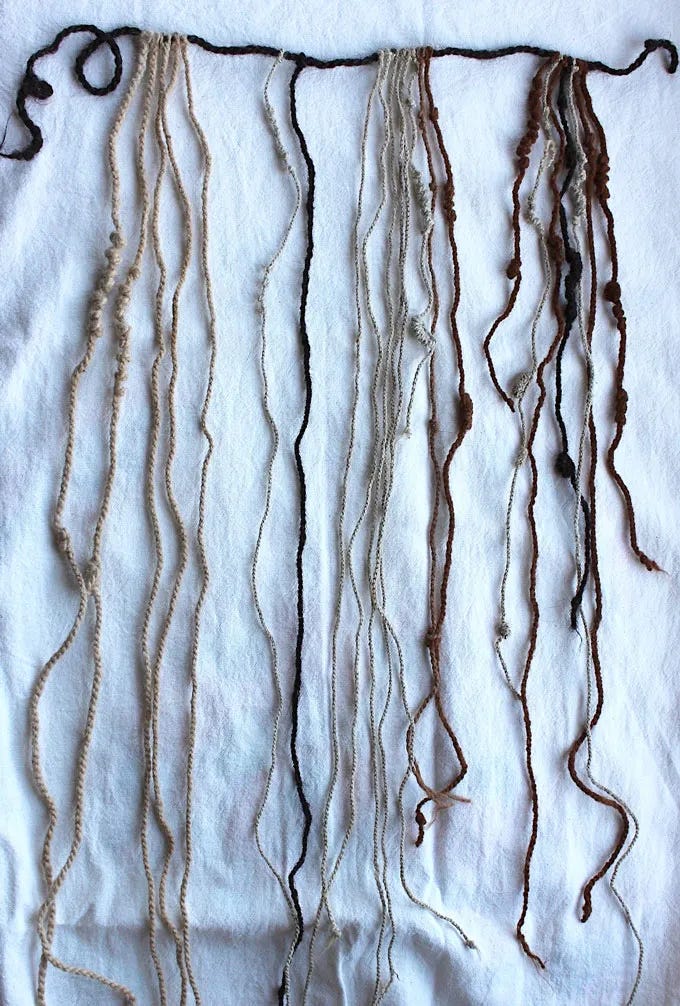
A recent study published in Science Advances1 offers evidence that this assumption may not hold. Within the braids of one particularly fine khipu—radiocarbon dated to around 1498—researchers discovered a 104-centimeter-long strand of human hair. Isotopic analysis of that hair points not to an elite administrator, but to an ordinary Andean highlander.
“It was a complete shock,” said anthropologist Sabine Hyland, one of the study’s authors. “The results pointed to the diet of a commoner.”
A Khipu Like No Other
The khipu in question surfaced in a German auction house with little provenance. Yet its craftsmanship stood out. The cords were tightly spun, with delicate variation in size and braid—features often associated with state administration or elite ritual. Hyland recalled her first impression:
“This is so beautiful, it must be royal.”
But the evidence woven into its fibers told another story. The central cord was formed not from camelid or cotton fibers, as is typical, but from human hair, folded and twisted to reach its length. At 104 centimeters, it represented over eight years of uninterrupted growth.
Tracing a Life in Strands
The team subjected the hair to isotopic analysis, measuring the ratios of carbon, nitrogen, and sulfur along its length. These chemical signatures revealed a diet dominated by potatoes and other tubers, supplemented with greens, but with little maize, meat, or fish.
Such a profile is consistent with life in the Andean highlands, far from coastal trade and the luxury foods enjoyed by elites. Inca nobles typically had access to maize beer (chicha), camelid meat, and preserved fish throughout the year. The absence of these markers suggests the hair came from a person of modest social standing.
Who Could Knot the State’s Knowledge?
Colonial chronicles describe khipu production as the preserve of trained male bureaucrats. These khipukamayuqs were said to be drawn from noble families, entrusted with recording population counts, tribute obligations, and histories of conquest. If so, then the discovery of commoner participation calls for a revision of this rigid model.
There are alternative explanations. The hair might not belong to the khipu’s maker. Yet ethnographic and colonial accounts from the Andes describe hair as a marker of authorship and responsibility, often attached to ritual offerings or records. To give one’s hair was to give one’s essence.
“It must have been something pretty special for the person to sacrifice their hair,” Hyland noted. “My guess is that it was [used for] recording ritual offerings.”
This interpretation suggests that commoners may not only have contributed to the physical making of khipus, but also to the symbolic practices tied to them.
Literacy, Power, and Memory in the Inca World
If commoners did participate in khipu production, it complicates the sharp divide between elite literacy and popular illiteracy often drawn in discussions of pre-Columbian states. Instead, knowledge may have circulated in more layered ways, with ritual and symbolic practices weaving ordinary individuals into the state’s bureaucratic fabric.
For archaeologists and anthropologists, the find raises new questions:
Who held the authority to inscribe meaning into cords?
Was participation broader than Spanish chroniclers suggested?
And how should scholars interpret the relationship between the state’s centralized recordkeeping and the lives of the people whose materials became part of it?
The answers may lie in more than just the knots. They may also reside in the fibers themselves—in the organic traces of lives lived in the shadow of empire.
Related Research
Urton, G. (2003). Signs of the Inka Khipu: Binary Coding in the Andean Knotted-String Records. University of Texas Press.
Hyland, S. (2016). “Writing with Twisted Cords: The Inscriptive Capacity of Andean Khipus.” Current Anthropology, 57(3), 278–305. https://doi.org/10.1086/686284
Urton, G., & Chu, P. (2015). “Narrative Threads: Accounting and Recounting in Andean Khipu.” University of Texas Press.
Quilter, J., & Urton, G. (Eds.). (2002). Narrative Threads: Accounting and Recounting in Andean Khipu. University of Texas Press.
Salomon, F. (2004). The Cord Keepers: Khipus and Cultural Life in a Peruvian Village. Duke University Press.
Hyland, S., Lee, K., Koon, H., Laukkanen, S., & Spindler, L. (2025). Stable isotope evidence for the participation of commoners in Inka khipu production. Science Advances, 11(33), eadv1950. https://doi.org/10.1126/sciadv.adv1950



